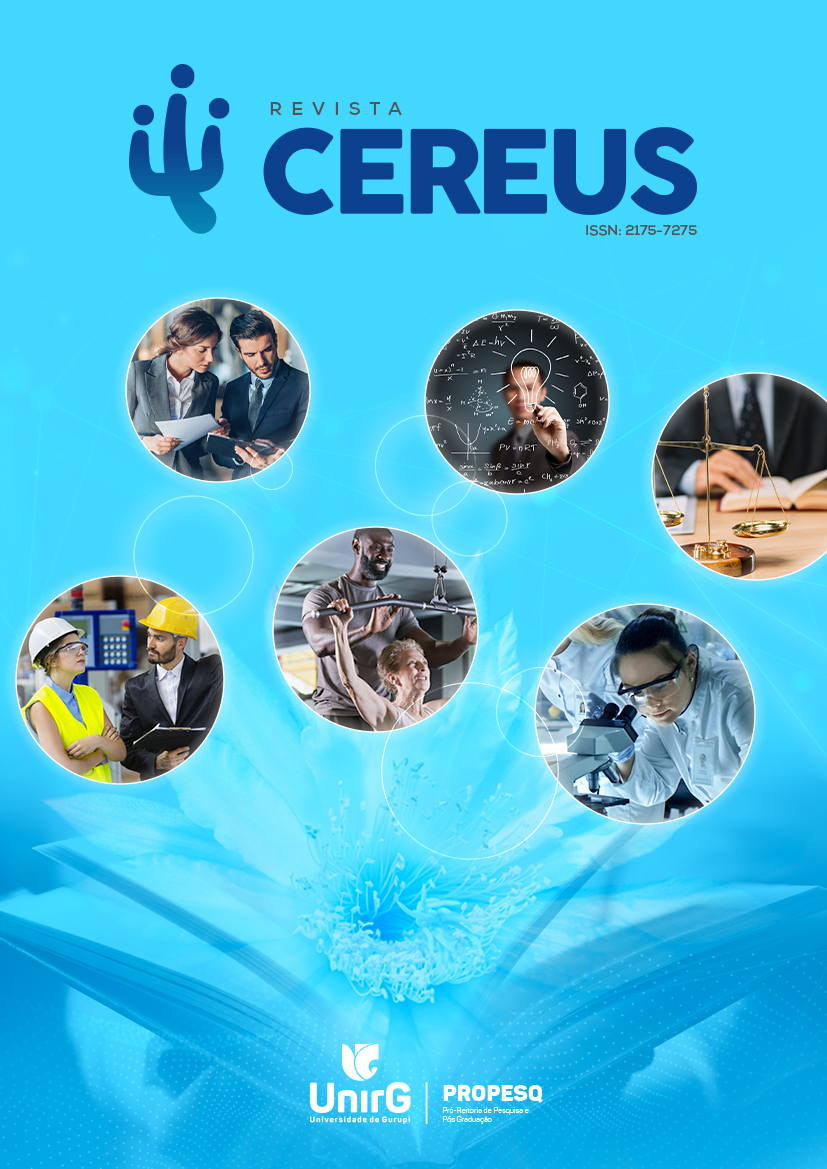Elaboração e análise sensorial de geleia mista de resíduo da casca do abacaxi (Ananas comosus) e polpa de maracujá (Passiflora edulis)
Abstract
The Brazilian food industry produces tons of solid organic waste, much of it generated by the juice extraction industries, which discard pulp, seeds, shavings and vesicles when processing the fruit. To produce jelly from pineapple peel waste and passion fruit pulp, assessing its acceptability and purchase intention. Comparative analytical experimental study, carried out at the Gastronomy Laboratory, Microbiology Laboratory and Environmental Sciences Laboratory (LACAM) of the CEUMA University, between September and October 2023. A total of 30 untrained evaluators were recruited, both academics and lecturers from the Nutrition course at CEUMA University. The two formulations, with xylitol (F1) and sugar (F2), were subjected to microbiological analysis to investigate the presence of molds and yeasts, as well as sensory analysis and purchase intention. The Acceptability Index was calculated for the overall quality attribute. The results were tabulated in Excel 2013 and submitted to Student's T-test (p<0.05). The formulations presented adequate hygienic and sanitary conditions. They were considered to be well accepted sensorially, differing statistically in relation to the aroma and flavor attributes, which had a higher average in F1, as well as an Acceptability Index ≥ 70%. It is possible to produce a nutritious, tasty product that reduces waste and helps to save money.
Copyright (c) 2025 REVISTA CEREUS

This work is licensed under a Creative Commons Attribution-NonCommercial-NoDerivatives 4.0 International License.
DECLARAÇÃO DE TRANSFERÊNCIA DE DIREITOS AUTORAIS
Os autores do manuscrito submetido declaram ter conhecimento que em caso de aceitação do artigo, a Revista Cereus, passa a ter todos os direitos autorais sobre o mesmo. O Artigo será de propriedade exclusiva da Revista, sendo vedada qualquer reprodução, em qualquer outra parte ou meio de divulgação, impressa ou eletrônica.


